Table of Contents
What Is Achiote?
Achiote (annatto) is a vibrant red-orange spice derived from the seeds of the Bixa orellana plant, native to Central and South America. For centuries, indigenous cultures have used it not just for color but as a flavor enhancer in traditional dishes like Mexican cochinita pibil, Caribbean jerk chicken, and Peruvian anticuchos. Unlike artificial food dyes, achiote provides natural color with complex earthy, nutty, and citrusy notes that elevate dishes without overpowering them.

What makes achiote special is its dual function: it transforms the appearance of dishes while adding subtle depth to flavors. This makes it invaluable for creating visually stunning and delicious meals that connect you to centuries of culinary tradition.
Why Use Achiote in Your Cooking?
While many spices add flavor, achiote offers unique benefits that make it stand out:
- Natural Coloring: Provides rich red-orange hues without artificial dyes (perfect for rice, sauces, and marinades)
- Complex Flavor Profile: Earthy, nutty, slightly peppery with citrus notes that complement meats, vegetables, and grains
- Versatility: Works in both savory and sweet applications (from traditional stews to modern desserts)
- Cultural Significance: Used in traditional dishes across Latin America, the Caribbean, and Southeast Asia
For example, in Mexican cuisine, achiote paste is essential for cochinita pibil (slow-roasted pork), where it tenderizes meat while imparting signature color and flavor. In Caribbean cooking, it's a key ingredient in jerk seasoning for chicken and fish.
Achiote vs Other Spices: Key Differences
| Spice | Color | Flavor Profile | Best Uses | When to Choose Achiote Instead |
|---|---|---|---|---|
| Achiote | Red-Orange | Earthy, Nutty, Peppery, Citrusy | Marinades, Rice, Stews, Dips | When you need both color and complex flavor without heat |
| Paprika | Red | Smoky, Sweet, Mild | Seasoning, Rubs, Sauces | When you want smokiness but not color intensity |
| Saffron | Golden | Floral, Slightly Sweet, Honey-like | Paella, Risotto, Desserts | When you need golden color and delicate floral notes |
| Turmeric | Yellow | Earthy, Bitter, Warm | Curries, Golden Milk, Rice | When you want yellow color and anti-inflammatory benefits |
| Cumin | Brown | Earthy, Warm, Slightly Bitter | Tacos, Chili, Curry | When you need warm, savory notes without color |
Unlike paprika which adds smokiness but minimal color intensity, or turmeric which provides yellow color but bitter notes, achiote delivers vibrant color with balanced, pleasant flavors that work in both traditional and modern dishes.
10 Delicious Achiote Recipes to Try
1. Authentic Mexican Cochinita Pibil
Why it works: Achiote paste tenderizes pork while creating signature red color and complex flavor.
Ingredients: 2 lbs pork shoulder, 1/4 cup achiote paste, 1/4 cup orange juice, 2 tbsp lime juice, 3 garlic cloves, 1 tsp cumin, 1 tsp oregano, salt to taste
Instructions:
1. Blend achiote paste, orange juice, lime juice, garlic, cumin, oregano, and salt into a smooth marinade
2. Rub mixture thoroughly over pork, cover, and refrigerate for at least 4 hours (overnight preferred)
3. Wrap pork in banana leaves and roast at 325°F for 3-4 hours until tender
4. Shred and serve with pickled onions and tortillas
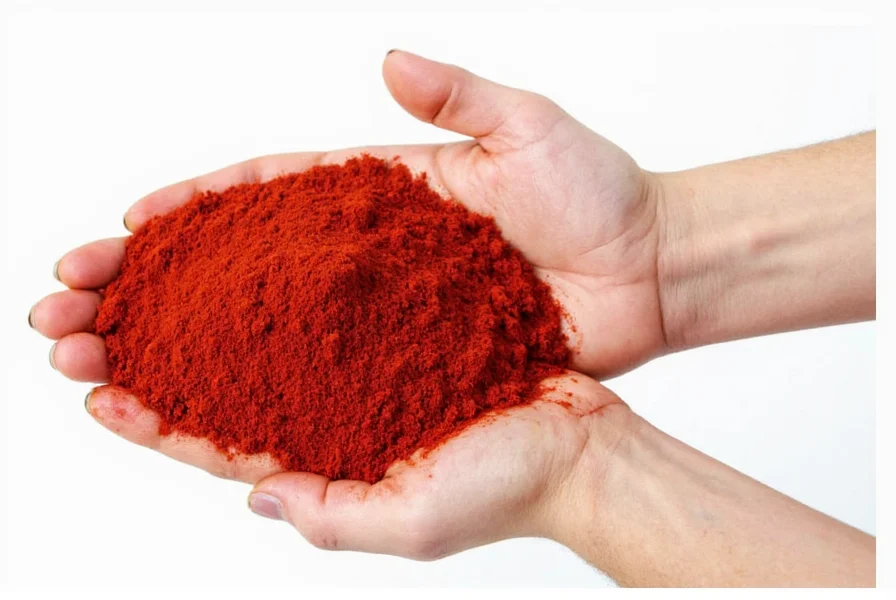
Pro Tip: For authentic flavor, use traditional banana leaves for wrapping. If unavailable, aluminum foil works well.
2. Caribbean Jerk Chicken with Achiote Glaze
Why it works: Achiote adds vibrant color and complements the spicy jerk seasoning without overpowering it.
Ingredients: 4 chicken thighs, 2 tbsp achiote paste, 1 tbsp soy sauce, 1 tbsp honey, 1 tbsp lime juice, 1 tsp allspice, 1/2 tsp thyme, 1/4 tsp scotch bonnet pepper (optional)
Instructions:
1. Mix all ingredients into a marinade
2. Marinate chicken for 2-4 hours
3. Grill or bake at 375°F for 25-30 minutes until cooked through
4. Brush with extra achiote glaze during last 5 minutes of cooking
3. Achiote-Infused Yellow Rice
Why it works: Achiote provides beautiful golden color without the bitterness of turmeric.
Ingredients: 1 cup rice, 2 cups chicken broth, 1 tbsp achiote powder, 1/2 onion (diced), 2 garlic cloves (minced), 1 tbsp olive oil, salt to taste
Instructions:
1. Sauté onion and garlic in olive oil until translucent
2. Add rice and toast for 2 minutes
3. Stir in achiote powder and broth
4. Bring to boil, then reduce heat and simmer covered for 18 minutes
5. Let stand 5 minutes before fluffing
Pro Tip: For restaurant-quality rice, add a cinnamon stick while cooking and remove before serving.
4. Achiote Butter for Grilled Fish
Why it works: Achiote butter adds color and subtle flavor to delicate fish without masking its natural taste.
Ingredients: 1/2 cup butter (softened), 1 tbsp achiote paste, 1 tbsp lemon juice, 1 tsp chopped parsley, salt to taste
Instructions:
1. Mix all ingredients until smooth
2. Spread over grilled fish fillets just before serving
3. Serve with lime wedges
Practical Achiote Tips for Home Cooks
- Mastering Achiote Paste: For homemade paste, toast 2 tbsp seeds until fragrant, then blend with 1/4 cup oil, 1 garlic clove, and 1 tsp vinegar until smooth. Store in refrigerator for up to 2 weeks.
- Color Control: Achiote is potent - start with 1/2 tsp powder per cup of rice and adjust. For stronger color, use paste instead of powder.
- Pairing Guide: Achiote pairs exceptionally well with citrus (lime, orange), garlic, cumin, and oregano. Avoid pairing with strong flavors like cayenne or smoked paprika that might overwhelm its subtle notes.
- Common Mistakes: Don't heat achiote powder directly in oil as it can burn quickly. Instead, mix with liquid first before adding to hot oil.
Achiote Buying Guide: Seeds, Paste & Powder
1. Annatto Seeds (Whole)
Best for: Making homemade paste, traditional cooking, and DIY enthusiasts
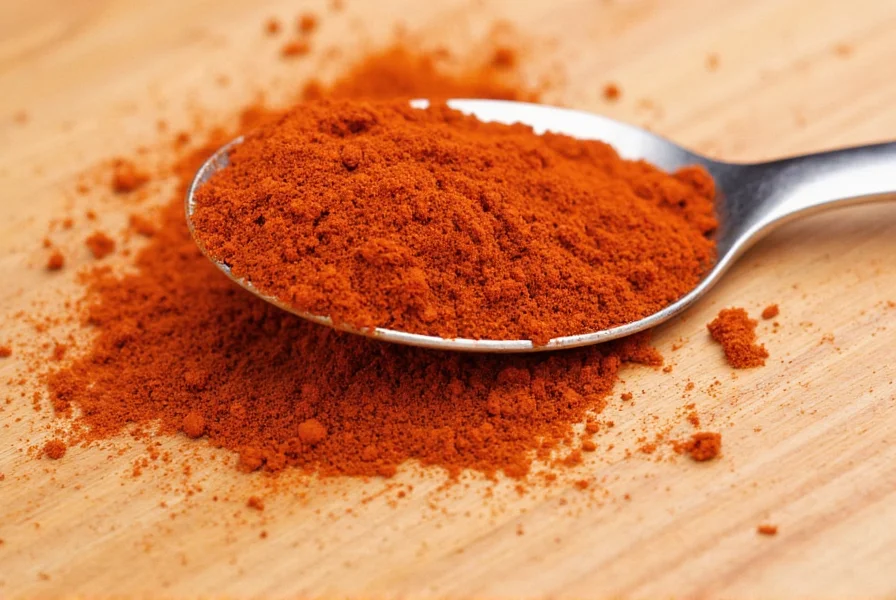
Quality Check: Look for bright red seeds with no discoloration or mold. Avoid seeds that appear dull or grayish.
Storage: Keep in airtight container away from light for up to 2 years
Price Point: $8-$12 for 2 oz (makes about 1 cup paste)
2. Ready-Made Achiote Paste
Best for: Weeknight cooking, quick marinades, and beginners
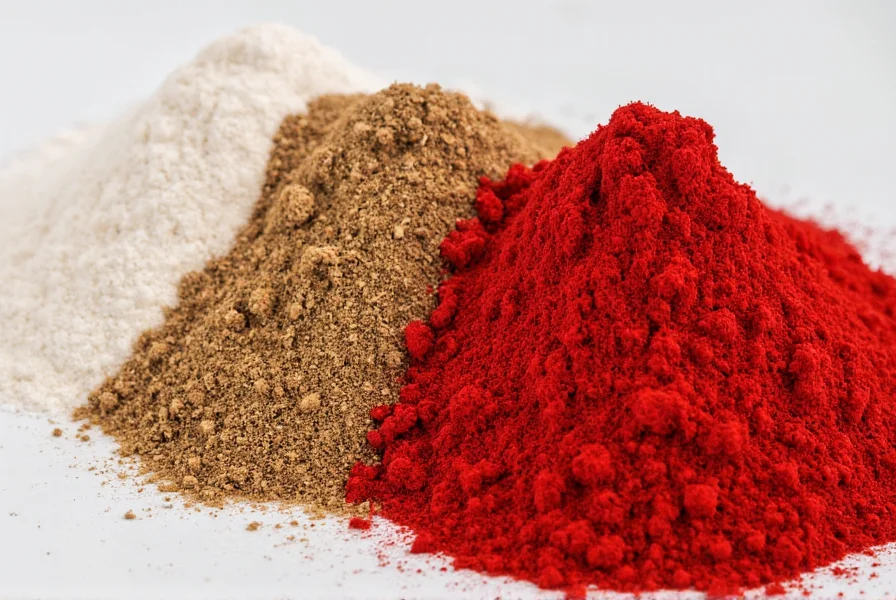
Quality Check: Look for pastes with minimal ingredients (achiote seeds, oil, vinegar, garlic). Avoid products with artificial colors or preservatives.
Storage: Refrigerate after opening; use within 3 weeks
Price Point: $5-$8 for 4 oz jar
3. Achiote Powder
Best for: Baking, seasoning blends, and precise color control
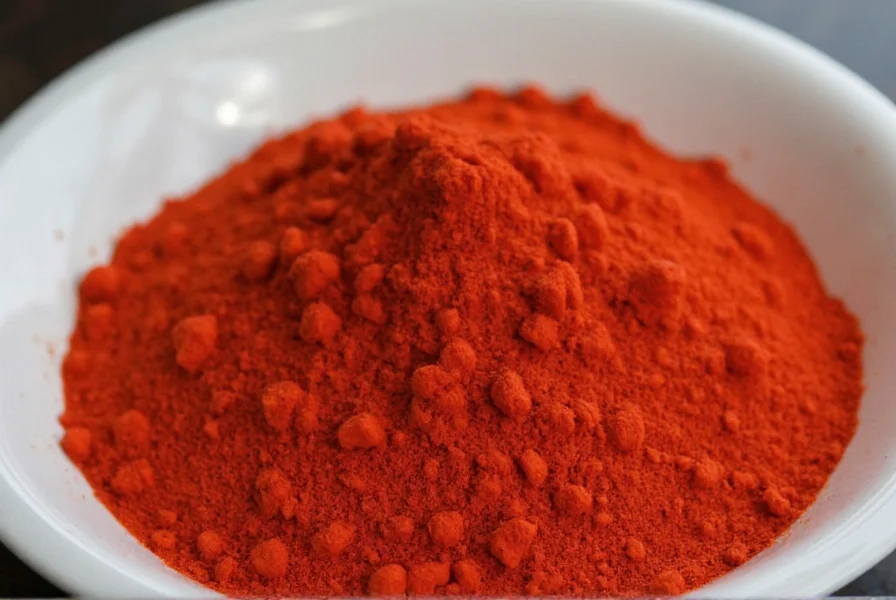
Quality Check: Powder should be bright red-orange without clumps. Avoid powders that appear brownish or dull.
Storage: Keep in airtight container away from light for up to 18 months
Price Point: $6-$10 for 4 oz container
Pro Tip: For best results, purchase achiote products from specialty Latin American grocery stores or reputable online retailers like Amazon's "Goya" or "Sazon" brands.
Frequently Asked Questions
What is the difference between annatto and achiote?
Annatto and achiote refer to the same spice from the Bixa orellana plant. "Annatto" is the English term, while "achiote" is the Spanish term used in Latin American and Caribbean cooking. They're identical in composition and usage - the difference is purely linguistic.
Can I substitute achiote for paprika?
While both provide red color, they're not interchangeable. Paprika offers smoky sweetness but lacks achiote's earthy, nutty, and citrus notes. For color substitution only, use 1/2 tsp achiote powder per 1 tsp paprika. For flavor substitution, combine paprika with a pinch of cumin and lime zest to mimic achiote's complexity.
How much achiote should I use in rice?
For standard yellow rice, use 1/2 to 1 teaspoon of achiote powder per cup of uncooked rice. For achiote paste, use 1/2 teaspoon per cup of rice. Start with less and adjust - achiote is potent and can overpower dishes if overused.
Is achiote safe for people with food allergies?
Achiote is generally safe, but those with allergies to plants in the Bixaceae family should avoid it. It's not a common allergen, but if you're trying it for the first time, start with a small amount. Achiote is naturally gluten-free, dairy-free, and vegan.
Why does my achiote rice turn out too orange?
This usually happens when using too much achiote or heating it directly in oil. To prevent this: 1) Use only 1/2 tsp powder per cup of rice, 2) Mix achiote with liquid first before adding to hot oil, 3) Toast seeds briefly before grinding to release color gradually. For more subtle color, use less achiote and add a pinch of turmeric for golden hue.
What dishes pair best with achiote?
Achiote shines in: 1) Traditional Latin American dishes like cochinita pibil and arroz con pollo, 2) Caribbean jerk chicken and fish, 3) Rice dishes where vibrant color is desired, 4) Marinades for pork, chicken, and fish, 5) Butter sauces for grilled seafood. It also works surprisingly well in modern applications like achiote-infused roasted vegetables or even in vegan "cheese" sauces for color and depth.
Conclusion
Achiote is more than just a spice - it's a culinary bridge connecting centuries of tradition with modern cooking. Its unique ability to deliver vibrant color and complex flavor without overpowering dishes makes it indispensable for home cooks seeking to elevate everyday meals. Whether you're making traditional cochinita pibil, vibrant yellow rice, or experimenting with achiote butter for grilled fish, this versatile spice adds both visual appeal and depth of flavor that artificial dyes simply can't match. Start with small amounts, experiment with different forms (seeds, paste, powder), and discover how achiote can transform your cooking.

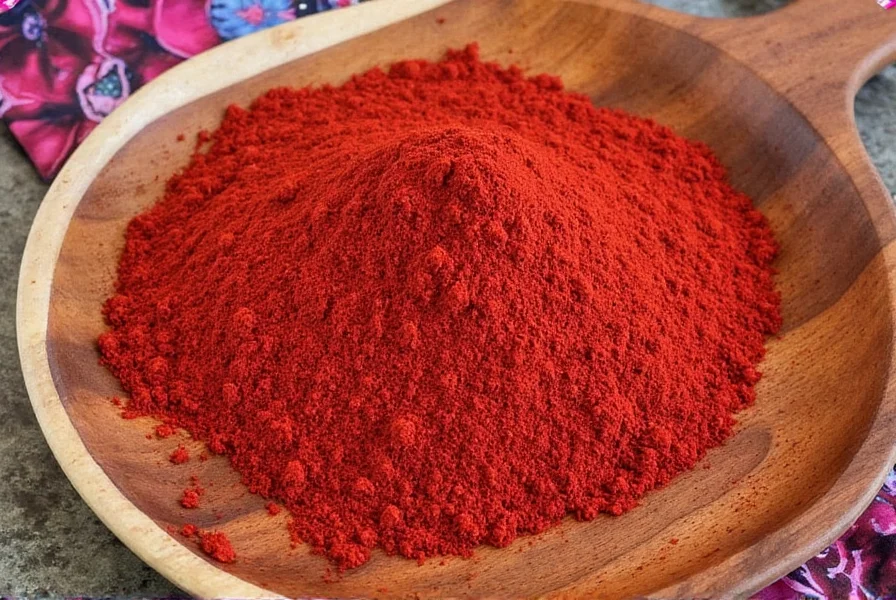









 浙公网安备
33010002000092号
浙公网安备
33010002000092号 浙B2-20120091-4
浙B2-20120091-4